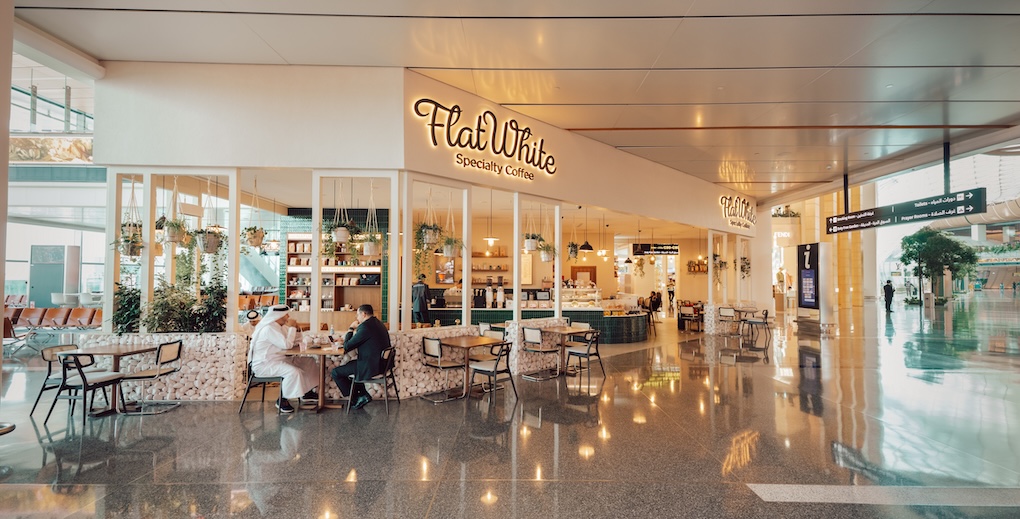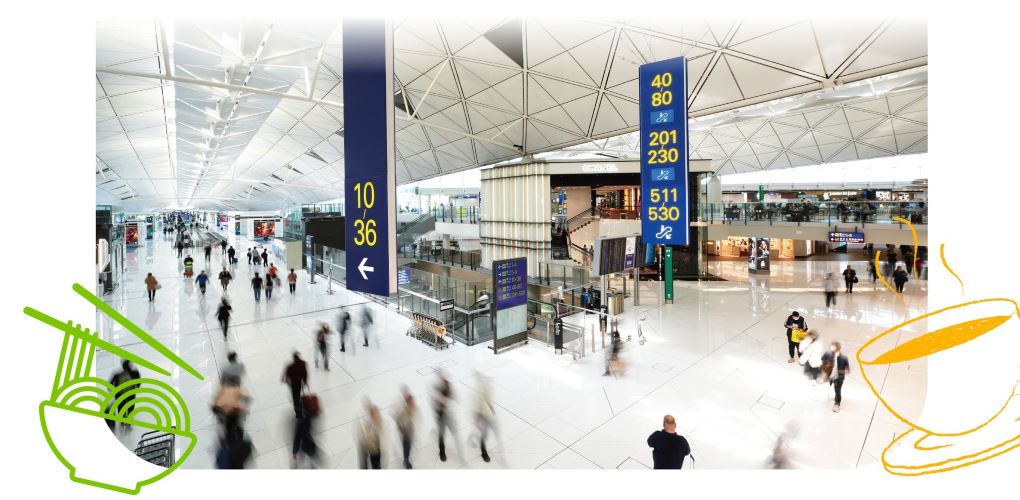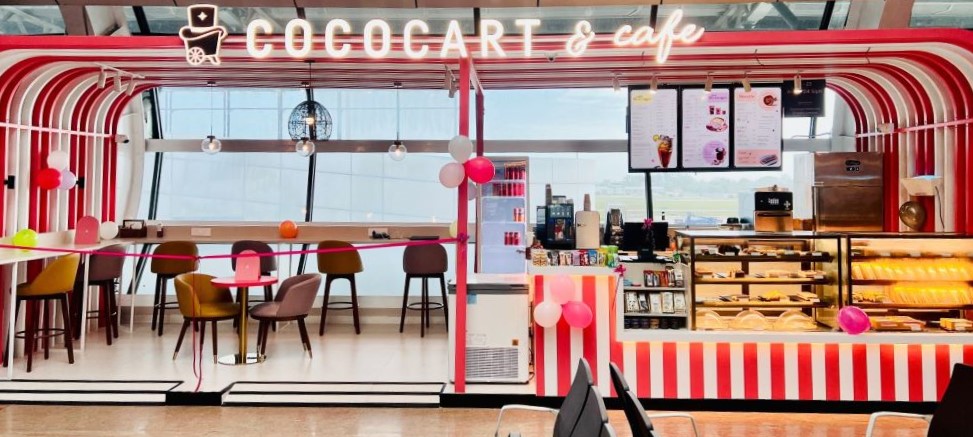Since it opened its first airport boutique with a tasting counter at Geneva Airport in 1968, Caviar House (now Caviar House & Prunier) has been a trailblazer in terms of setting qualitative standards not always synonymous with the airport food & beverage channel. Now, free of a long-standing tie-up with SSP, the company plans a rapid global expansion of its acclaimed concept under the Caviar House Airport Premium banner. Martin Moodie found out more in conversation with Chairman & CEO Peter Rebeiz.
It’s a Saturday morning at his home near Geneva as I hook up by Zoom from Hong Kong with Caviar House & Prunier Chairman & CEO Peter Rebeiz. We’ve known each other since 2007, when his company struck an airport partnership agreement (since ended) with travel food giant SSP and as always the conversation is refreshingly candid and as much about food and service quality as it is about commercial aspirations.
This is the man, after all, who once told me that consumers are often treated like “cargo and cows” in airports. His personal mission, bordering on obsession, remains to treat passengers as guests and delight them with a combination of quality ambience, service and food & drinks.
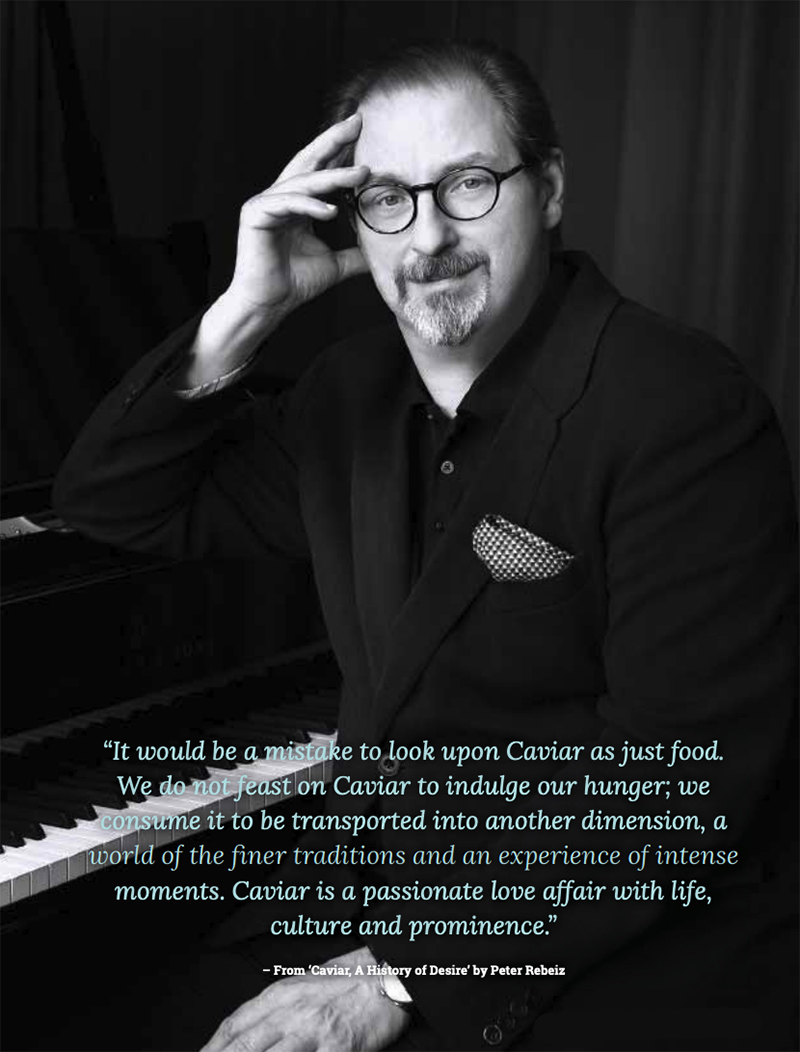
With the SSP agreement having concluded in 2019 (the UK company still runs a single Caviar House & Prunier seafood bar at Paris Charles de Gaulle Airport until the end of that contract), Rebeiz is now flying solo. Taking his concepts, business acumen and passion forward under the Caviar House Airport Premium banner, his message to the airport community is loud and clear. Caviar House Group is alive and well, in fact reinvigorated as a standalone independent in airport food & beverage.
Now that the worst days of the pandemic appear to be over, Rebeiz is seeking to rapidly grow the company’s footprint around the world both with Caviar House & Prunier and Montreux Jazz Café. “I’m looking to open between 25 and 35 seafood bars over the next five to seven years,” he says. “I think there’s a big space for our seafood bars and for the products that we bring. We are able to take your order, serve you and have you pay the bill within 17 minutes. I think that kind of comfort is very important for a traveller.”
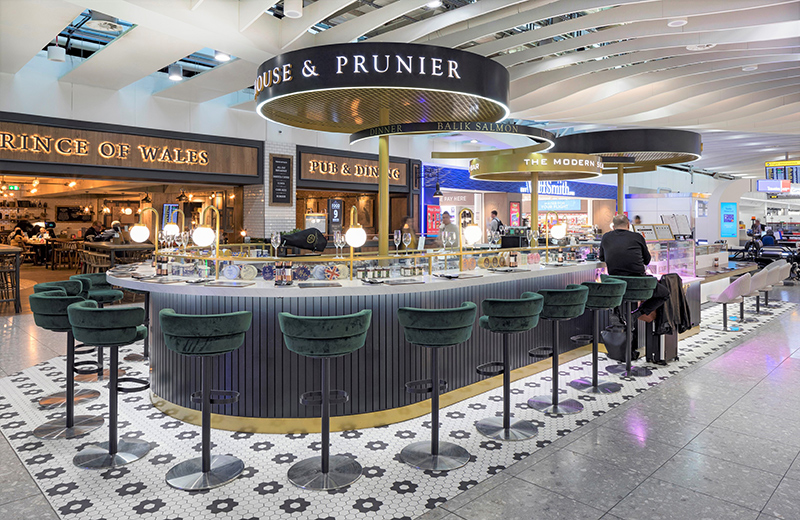
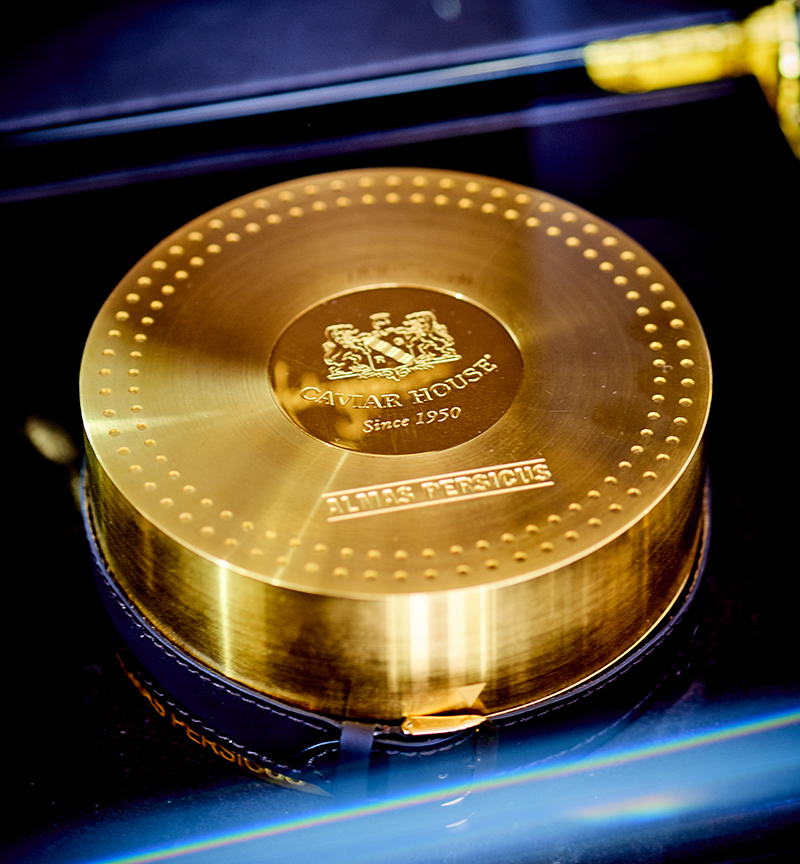
Comfort and quality. Currently the company is operating seafood bars and boutiques at Zürich, Geneva and Heathrow airports, and waiting to reopen its lobster and oyster bar concept at Hong Kong International Airport when passenger traffic picks up. In choosing new targets, Caviar House Airport Premium will select the appropriate model for an airport, either going it alone or with a suitably quality-minded local partner.

“The industry is sort of waking up again now,” observes Rebeiz. “We are ready and we are able to go anywhere today. Whether we do it as a direct operation or we do it on franchise – no matter what, we will do it.
“We need to bring ourselves back up again. I feel this pandemic is a bit like going into an induced coma. The waking up of from an induced coma is the most dangerous thing in the whole process. That’s what we are experiencing right now. Business is coming back with a vengeance and you have to be very careful how you operate that business.
“I feel that this might be a little bubble that we are in as an industry and it might have to burst before we start to really grow again. But in any event, I don’t see the travel business falling back again.”
One thing is for sure, wherever the Caviar House & Prunier name is found, Rebeiz will insist on the high quality standards it has maintained since it opened its first seafood bar at Heathrow Airport in 1984. The back story to that opening is fascinating. Rebeiz recounts how famed American jazz pianist Count Basie had bought a large tin of caviar from the Caviar House boutique at the London gateway, asking for a spoon and then after being unable to eat all the caviar, throwing the rest away.
“Completely amazed by that experience, we thought maybe we should have a counter or a restaurant there but the airport refused. And then Egon Ronay, a famed critic of the time, wrote a devastating article about how food at Heathrow Airport was horrible and that, appropriately, it was located next to the toilets. At Heathrow Airport T2 in the 80s, you could only eat on the mezzanine, so you had to go upstairs and that’s also where the toilets were.”
Caviar House may have been unable to convince the reluctant Heathrow management but Ronay’s scathing criticism did the trick. The resultant small counter-type Caviar House seafood bar with a dozen or so stools was arguably the seminal moment that food quality and consumer satisfaction first got a real look in within the airport F&B sector.
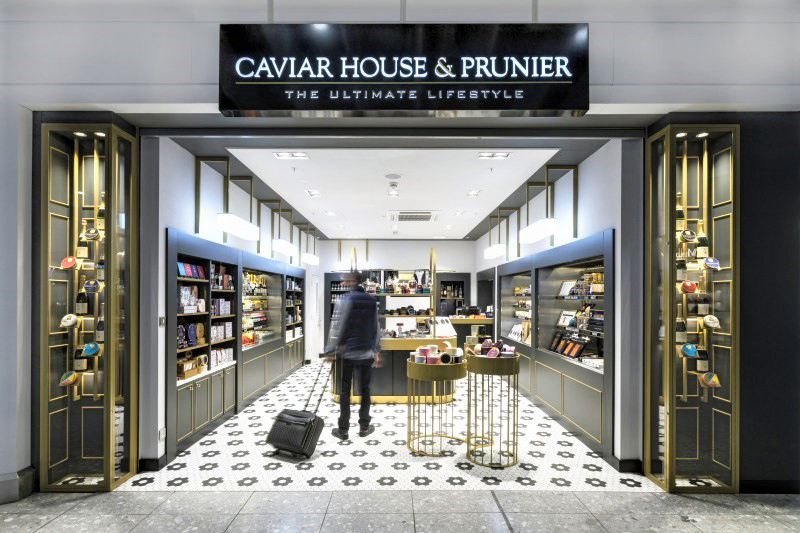

“Back then there was this overall bizarre belief [among F&B operators and airport companies] that this is an airport, people don’t come back regularly. So you can serve whatever shit you want,” Rebeiz recalls. Inevitably such attitudes impacted consumer perception, especially as airline catering was a very different proposition back then.
Rebeiz relates how in the late 1980s, Swissair had a food & drinks budget of a now scarcely believable CHF75 per first class passenger and even CHF15-20 in economy. Today you’re talking more like CHF4-5 in first class and CHF1.5 in economy, he says. “So the consumer has shifted from the airline to the airport and that’s where Caviar House became an enormous asset, because what we offered was in a better format and better served than the airlines were offering in first class.”
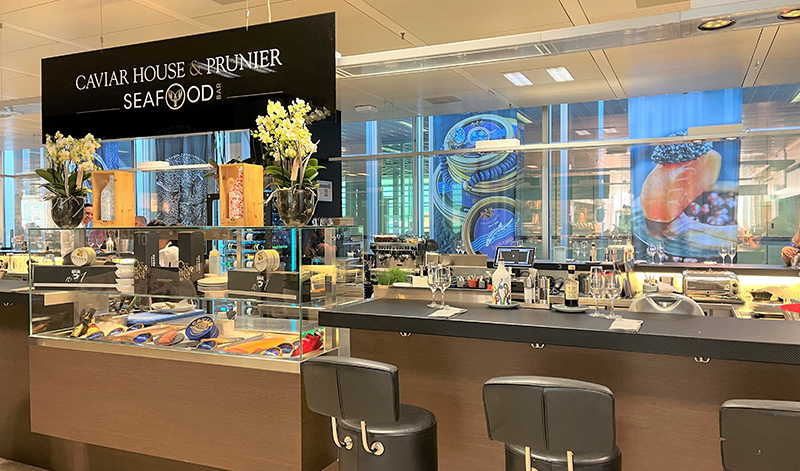
Rebeiz and his father George understood the comparison better than most. In the 1980s they were supplying 50 to 60 tonnes of caviar a year to airline companies. “I learned a completely different business model in terms of restaurants because of the problems associated with serving food at 10,000 metres in the air. And we applied that to our seafood bar. It meant that we had to have the best ingredients and we had to create a menu that was based on assembly and not cooking. Even today if you go to, say, a Caviar House seafood bar in London, you will see that they don’t actually cook a meal for you, but they put things together. And those things together have such high quality that you feel this is a fantastic meal.”
Fantastic meals and a fantastic experience. Next time you dine at a Caviar House & Prunier seafood bar, take a look at your fellow guests. Observe their look of relaxation and enjoyment, the stress of airport check-in and security behind them, the sheer decadent pleasure, delight even, of dining on a plate of Balik salmon and/or a spoonful or two of finest caviar, washed down with a glass of Champagne, Chablis or Marlborough Sauvignon Blanc. The environment is always pristine. The service always impeccable. Fast too.
A plea for variety
So how does this veteran of the business see the overall airport F&B state of the nation in terms of his long-held principles of high-quality, service, cuisine and ambience? Is the travelling public generally served well around the world in airports?
“It’s not that they’re not served well. But there’s not enough variability for them,” Rebeiz replies. “The sandwich phenomenon is still the underlying phenomenon in all airports around the world. Cheap food, fast service, huge volumes. I think that most airports have not given enough time towards creating a different experience.”
Local heroes gone missing Too often, he claims, airport restaurateurs put the name of a renowned local chef above the door with the individual in question having very little subsequent input at all. “He’s back in his own restaurant. So they’ve taken Mr So and so’s name and then they continue with the sandwiches. I think that is profoundly wrong. And it’s pity because I believe there’s a huge untapped market.
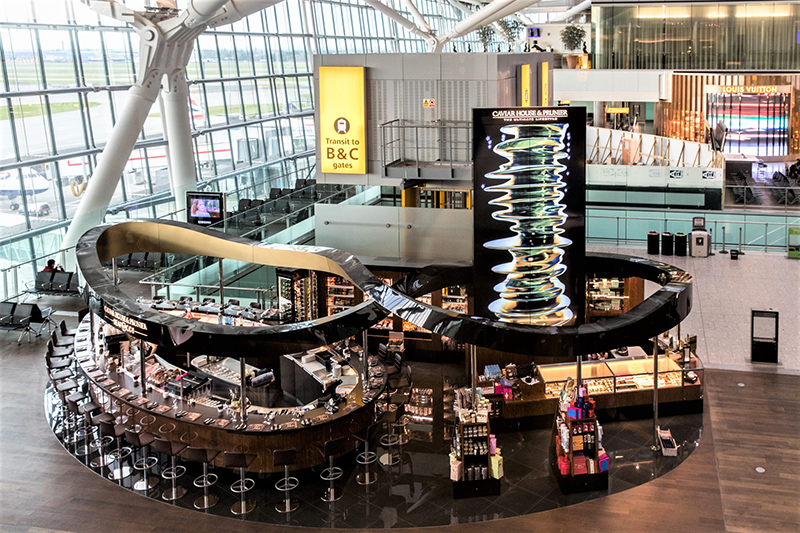
“The food & beverage industry in airports represents something close to two Euros per traveller. That doesn’t even pay for your coffee, right? Most of us have to stay an hour and a half in an airport before take-off. And in many airports you either don’t eat or you eat rubbish. But if somebody would give you the possibility to experience something better, I think you’d go for it.
“If you buy your airline ticket smartly, you can end up not overdoing it on cost. And I think people will then spend money on the experience they have on site. Also, we are living in a world where people are now completely comfortable having a McDonald’s meal on Monday and dining at a Michelin star restaurant on the Friday. And airports can make a huge shift in the game by recognising that.
Making the airport part of the destination
So how would Rebeiz structure a food & beverage programme if he owned or ran, say, a mid-sized airport? What would be his guiding principles?
“The answer is very simple,” he replies. “The destination starts at the airport. If you walk into an airport where you have to spend an hour and a half or two hours, frankly speaking after buying your perfume, your cigarettes or your bottle of whisky, there’s nothing else to turn you on. So you need a good food experience and an experience for everybody. So in any airport that I was running I would ensure that everybody has something but not the same thing for everybody.

“If you go into the English airports, the whole Sir John Egan and Barry Gibson [the BAA CEO and Retail Director, respectively, widely credited with the retail and F&B revolution of British airports in the late 1980s and 1990s -Ed] philosophy has just been multiplied by the same offer in ten different restaurants within the same terminal. I think that if you have ten restaurants, then you should have ten different offers. And you should think about people who are five years old and about people who are 95 years old.”
Don’t expect too many local chefs’ names either at Peter Rebeiz International Airport. “I am not sure that I believe in the local hero thing much more,” Rebeiz continues, returning to his earlier theme. “For me, companies too often don’t represent the local heroes correctly. They just use their name to sell you the coffee a bit more expensively.
“So I would make sure that there’s something for everyone. The experience of travel has to start at the airport. It is no longer in the airplane – the airplane is nothing but a tool to bring you from A to B. The airport now has a chance to become the real element of travel. This is the place they send you off before you experience the world and where they receive you once you’ve experienced the world. So they have a real chance to do som




